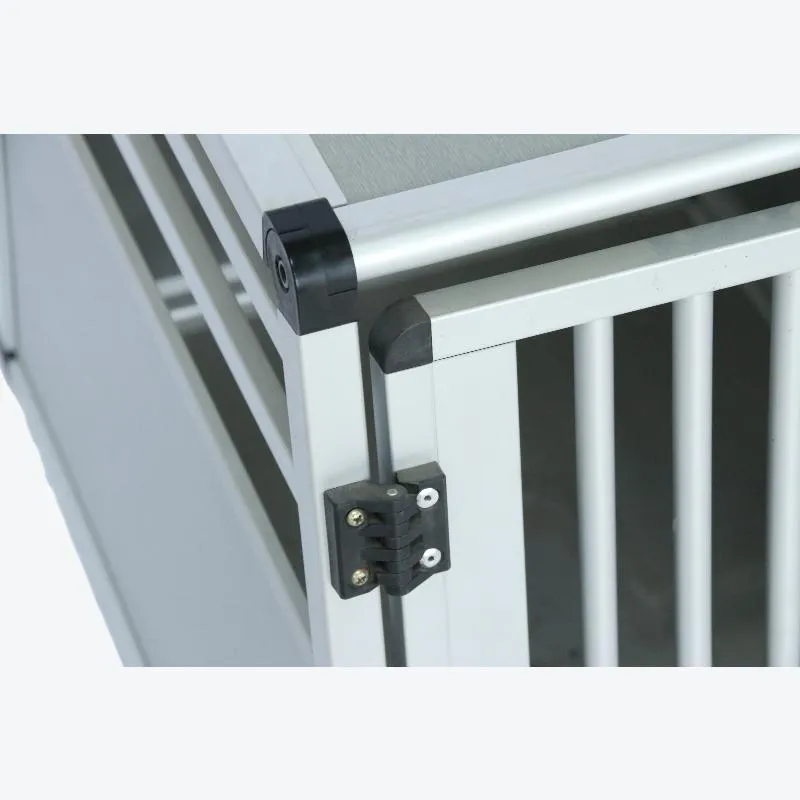aluminium wire thick
12月 . 16, 2024 23:39
The Significance of Aluminum Wire Thickness in Electrical Applications
Aluminum wire has become increasingly popular in various electrical applications due to its lightweight nature, cost-effectiveness, and excellent conductivity. However, one of the most critical factors when selecting aluminum wire is its thickness, which is often referred to in terms of its gauge or diameter. This article aims to delve into the significance of aluminum wire thickness, its implications for performance, and guidelines for selecting the right gauge for specific applications.
Understanding Aluminum Wire Thickness
Aluminum wire thickness is typically measured in American Wire Gauge (AWG), which uses a standardized system to denote the diameter of the wire. In this system, a smaller gauge number corresponds to a larger diameter. For instance, a 12 AWG aluminum wire has a larger diameter than a 14 AWG wire. The thickness of the wire directly impacts its electrical performance, resistance, and mechanical strength, making it essential to choose the appropriate gauge for any electrical project.
Electrical Conductivity and Resistance
One of the most vital considerations when selecting aluminum wire thickness is its effect on electrical conductivity. Aluminum has about 61% of the conductivity of copper, yet it's often used in electrical applications because it's lighter and less expensive. The resistance of aluminum wire is inversely proportional to its thickness thicker wires have a lower resistance, which means less energy is lost as heat during electrical transmission.
Using a wire that is too thin for a given application can lead to overheating, reduced efficiency, and potential failure of electrical components. For example, if an application requires a high current load, opting for a thicker aluminum wire (lower AWG number) is crucial to accommodate the current safely. Therefore, understanding the load requirements and selecting wire thickness accordingly can enhance the efficiency of the system.
Mechanical Strength and Flexibility
In addition to electrical considerations, the mechanical properties of aluminum wire are influenced by its thickness. Thicker wires tend to have higher mechanical strength and can withstand more significant physical stress without breaking. This characteristic is particularly important in applications like overhead power lines, where wires must endure environmental factors such as wind, ice, and temperature changes.
Moreover, while thicker wires provide robustness, they also come with a trade-off regarding flexibility. Thinner wires can be more easily maneuvered and bent, making them suitable for applications that require intricate wiring or tight spaces. For projects where flexibility is a significant factor, such as in telecommunications or automotive wiring, the choice of wire thickness must balance strength with the need for agility.
Thermal Properties
aluminium wire thick

Another consideration linked to wire thickness is its thermal performance. Thicker wires tend to dissipate heat more efficiently than thinner wires, which can be beneficial in high-temperature environments. In applications where heat generation is a concern, such as motor windings or high-power circuits, selecting an appropriate thickness can prevent excessive heat buildup and prolong the life of electrical components.
Choosing the Right Thickness
Selecting the right aluminum wire thickness begins with evaluating the specific electrical and physical requirements of your application. Following these guidelines can help make an informed choice
1. Determine the Current Load Refer to ampacity charts to find out the maximum current that the wire gauge can safely handle.
2. Consider the Length of the Run Longer wire runs may require a thicker gauge to minimize voltage drop.
3. Evaluate Environmental Conditions Take into account factors like temperature, exposure to harsh conditions, and potential physical stress when selecting wire thickness.
4. Flexibility Needs Assess requirements for flexibility based on the application, particularly in confined spaces or intricate designs.
5. Consult Standards and Codes Familiarize yourself with local electrical codes and standards to ensure compliance with safety regulations.
Conclusion
In conclusion, aluminum wire thickness plays a critical role in determining the efficiency, safety, and functionality of electrical systems. From ensuring adequate conductivity and mechanical strength to optimizing thermal performance and flexibility, selecting the appropriate gauge is essential for any successful electrical project. Understanding the properties and applications of different thicknesses will not only lead to better system performance but also enhance the longevity of electrical components and installations. Therefore, invest the time to analyze the specific needs of your project to choose the right aluminum wire thickness that meets both performance and safety requirements effectively.









 Unity
Unity Creation
Creation Challenge
Challenge Contribution
Contribution










